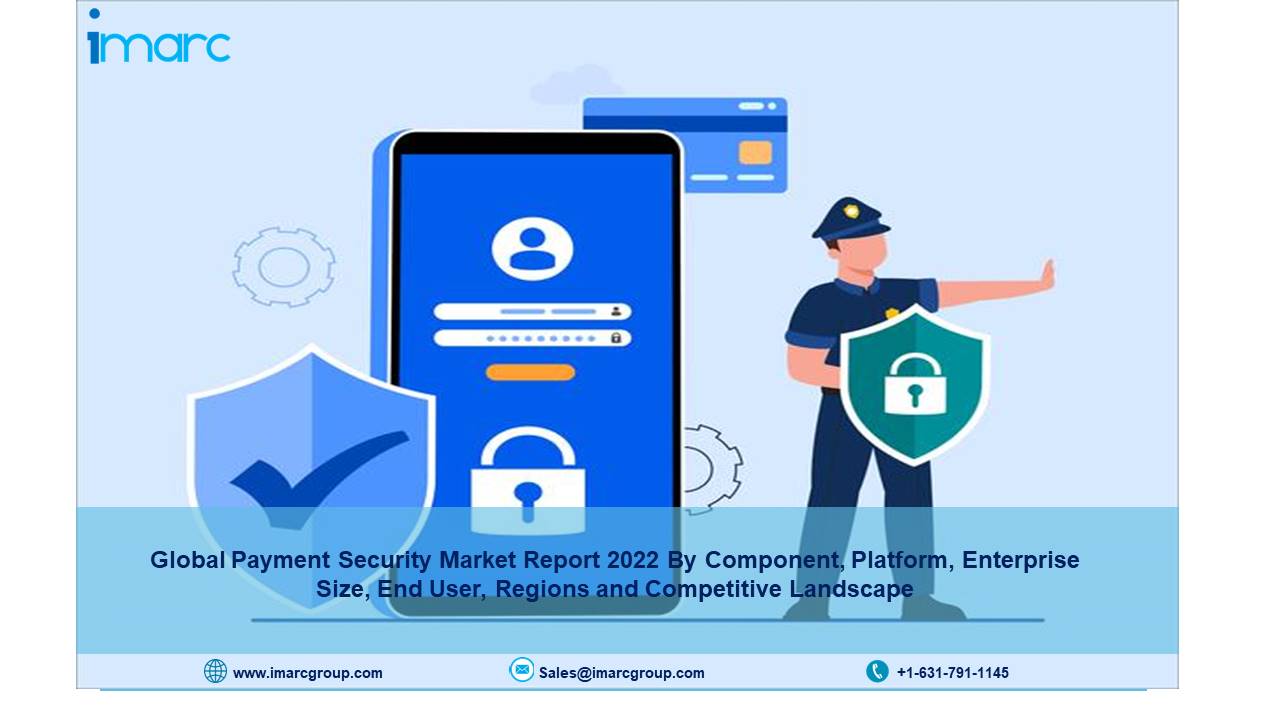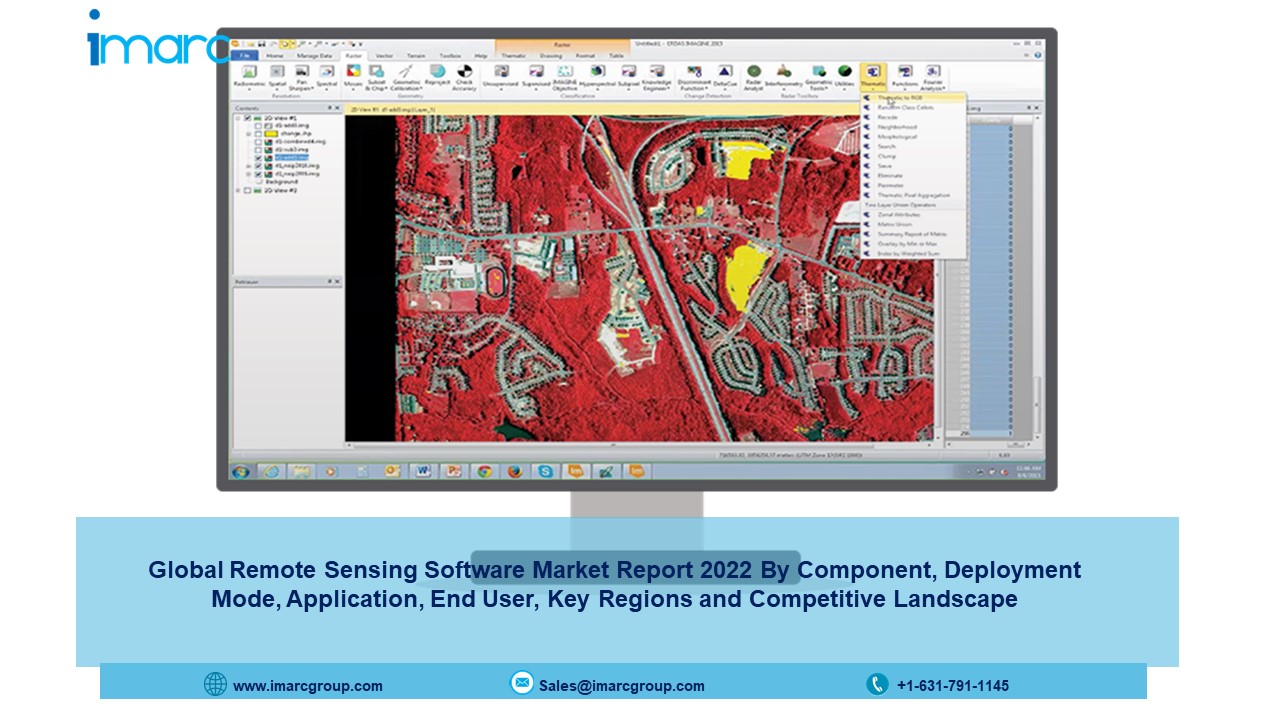Mobile marketing refers to any marketing activity conducted through mobile devices like smartphones or tablets. With the growing popularity of mobile devices, mobile marketing services has emerged as a critical strategy for businesses seeking to reach their target audience on the go. It allows businesses to create personalized customer experiences, delivering relevant real-time content and offers. By leveraging mobile marketing, businesses can improve brand awareness and customer engagement and drive sales. With the ability to track and measure campaign performance, businesses can optimize their strategies and achieve greater return on investment (ROI).
Mobile Marketing Channels: Types and Examples
Mobile marketing channels include various strategies and tactics to reach customers on mobile devices. These channels can include mobile-optimized websites, mobile apps, SMS and MMS messaging, QR codes, location-based marketing, social media marketing, and mobile advertising. For example, a restaurant may use a mobile app to offer customers loyalty rewards, while a retailer may use location-based marketing to send personalized offers to customers near their store. Each channel has its benefits and can be used individually or in combination with others to create an effective mobile marketing strategy.
Mobile-Optimized Websites
A mobile-optimized website is designed to provide a seamless user experience for visitors accessing it from their mobile devices. Businesses need to have a mobile-friendly website as a large percentage of users now browse the internet on their smartphones. A mobile-optimized website should be designed with a responsive layout, fast loading times, and easy navigation. It should also provide relevant content and calls to action that is optimized for mobile devices. By creating a mobile-optimized website, businesses can improve their user experience, increase engagement, and drive conversions and sales.
Mobile Apps
Mobile apps allow businesses to engage with their customers through personalized experiences, delivering content and features tailored to their interests and preferences. Apps can offer loyalty programs, push notifications, and in-app purchases, among other features, to drive engagement and sales. To create a successful app, businesses must focus on user experience, ensuring the app is intuitive, fast, and easy to navigate. By creating an app that provides value to users, businesses can build brand loyalty and drive customer retention. Apps also provide valuable data that can be used to optimize marketing strategies and improve customer insights.
SMS and MMS Marketing
SMS (Short Message Service) and MMS (Multimedia Messaging Service) marketing allows businesses to reach their customers directly through text messaging. It involves sending short, text-based messages, while MMS marketing includes multimedia content such as images, videos, and audio. This channel can deliver time-sensitive information, such as promotions, reminders, or alerts. SMS and MMS messages should be personalized, concise, and relevant to the customer’s interests to be effective. They can be combined with other mobile marketing channels to create an integrated, comprehensive strategy for reaching customers.
QR Codes: Ways to Drive Engagement and Sales
QR (Quick Response) codes are two-dimensional barcodes that can be scanned by a mobile device to access information or content. They can be used creatively in mobile marketing services to drive engagement and sales. For example, a QR code could be placed on a product packaging, linking to a mobile-optimized website with more information or an offer. QR codes can also be used in print or digital advertising, events, or social media. They provide a quick and easy way for customers to access more information, allowing businesses to drive engagement and conversions.
Location-Based Marketing
Location-based marketing is a strategy that targets customers in real time based on their geographic location. It can be used to deliver personalized offers and messages to customers when they are in proximity to a business or specific location. This channel uses mobile technology, such as GPS or beacons, to detect a customer’s location and deliver targeted content. For example, a retailer may send a mobile notification to a customer in the vicinity of their store, offering a discount or special promotion. Location-based marketing is an effective way for businesses to drive foot traffic, increase engagement, and drive sales.
Social Media Marketing on Mobile
Social media marketing on mobile involves using popular social media platforms like Facebook, Twitter, Instagram, and LinkedIn to reach and engage with customers on their mobile devices. It allows businesses to create targeted ads, post content, and engage with customers through comments and direct messages. To be effective, businesses need to optimize their social media content for mobile devices. Ensuring it is easy to read and engage with on smaller screens. Social media marketing on mobile provides a valuable opportunity for businesses to build their brand, increase engagement, and drive conversions.
Mobile Advertising
Mobile advertising involves displaying ads on mobile devices, such as smartphones and tablets, using various channels, such as social media, mobile apps, search engines, and mobile websites. It can take many forms, including banner ads, in-app ads, video ads, and native ads. Mobile advertising allows businesses to reach customers wherever they are, making it a powerful tool for increasing brand awareness and driving sales. It is important to ensure that mobile ads are optimized for mobile devices and targeted to the right audience to maximize their impact and drive engagement.
Conclusion
Mobile marketing is an essential part of any modern marketing strategy. With the increasing use of smartphones and tablets. Businesses must focus on reaching their customers on mobile devices to drive engagement and sales. The various channels available for mobile marketing, such as mobile-optimized websites, mobile apps, SMS and MMS messaging, QR codes, location-based marketing, social media marketing, and mobile advertising. Offer a range of opportunities to engage with customers and build brand loyalty. By combining these channels, businesses can create a comprehensive mobile marketing strategy that effectively reaches their target audience and drives conversions. READ MORE….





